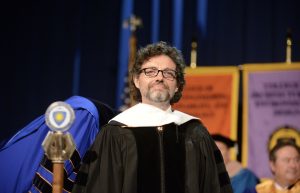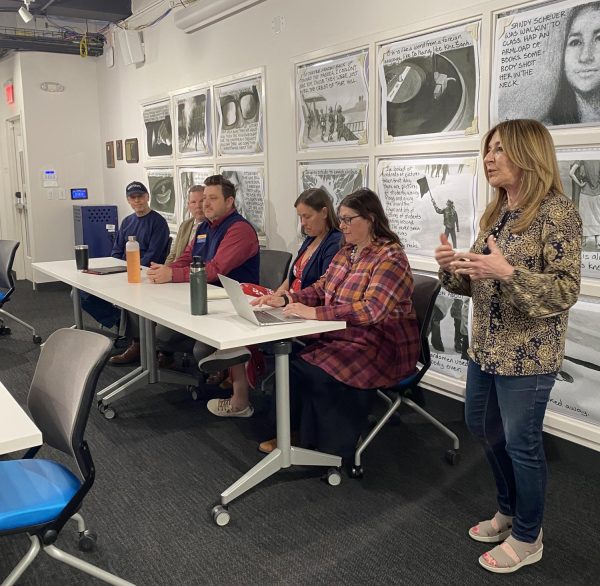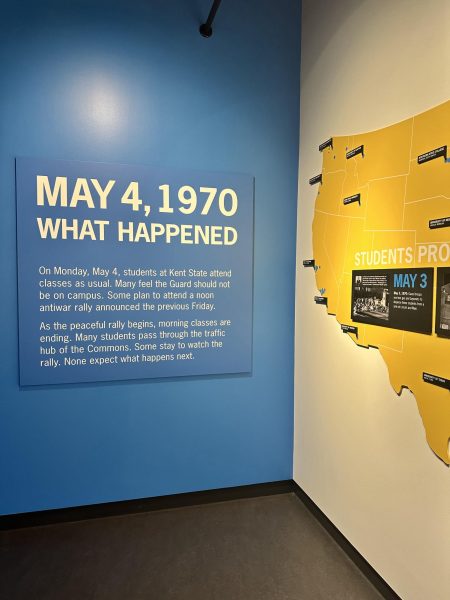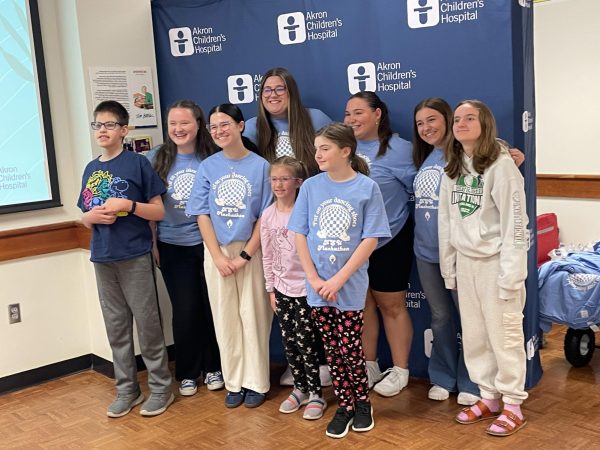Campus needs top-level diversity results
October 15, 2007
A commitment to “excellence” must include a commitment to justice, fairness, equity, equality and genuine inclusion — racial inclusion — within the academy. You cannot have a “world-class university” in the 21st century in the absence of this. These are the condicio sine qua non for a university that hopes to be respected, valued and honored by the many.
Inclusion requires more than rhetoric. No disrespect to President Lefton, but we have heard this song before, and witnessed some quite elaborate charades, over the last couple of generations, especially during the previous decade and a half. What matters, and the only thing that matters, is action and measurable, visible results. True “reality” at this, or any other institution, can only be apprehended from an authentic composite of the various pools of insights, represented by the racial diversity on our campus and throughout the state and nation. “Academic excellence will be enriched by an environment that mirrors (emphasis mine) the diverse world in which we live. Within this environment, we will come to value the differences in one another along with the similarities, and to appreciate that the human condition is best served through understanding, acceptance and mutual respect” (OSU’s vision statement).
It’s a breath of fresh air to hear the administration acknowledge the need for “shared governance.” This is critical to the optimal operation of any institution of higher learning. The administration by itself can not operate this university effectively. Similarly, the governance of this institution at the top levels — presidential cabinet, provost advisory group and the executive committee of the faculty senate — must include, necessarily, representation by African Americans who will clearly, and adequately, articulate the voice of the black community on this campus. This will accelerate and increase the probability of this institution achieving excellence in fact, rather than on paper. This is something that should be understood by all in the 21st century, post-civil rights movement period.
We are at a critical juncture for higher education in the state, and on this campus. Ideas are being floated and decisions are being made that will determine the structure and demographics of the university system throughout this state, and of this campus. The “Four Corners Universities” are public institutions (and should remain so both conceptually and factually, for the benefit of the citizens of this state), and thereby should reflect the population in this state throughout the ranks of students, faculty, and staff. It should not be part of any decisions, plans or missions — locally or statewide — to produce results within the educational system, or on these campuses, that manifest the hallmarks of segregation, discrimination and exclusion. We must not allow this campus to become an elitist institution that favors and advantages some ethnic groups, while disadvantaging and excluding other ethnic groups, on the basis of some misguided pretext of selectivity and excellence. None of us in PAFSA are against authentic and legitimate efforts to improve the educational process and to ensure the success of its outcome. What we are against, however, are any decisions that are made within the context of the myriad of stereotypes, myths and flawed data regarding African-American students (K-12) and the potential pool of African-American candidates for positions at this university. The quest for excellence must not result in the further erosion of an already inadequate state of inclusion. We must be sincere and honest about this, at all times, as we move forward with the many changes that are on the horizon for this institution.
George R. Garrison is a Pan-African studies professor and president of the Pan-African Faculty and Staff Association. Contact him at [email protected].
























